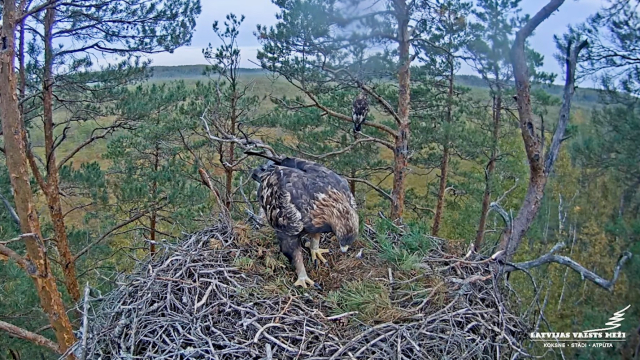
Some might assume that building a road – even a low-impact road – in the forest is always a net loss for nature. But it’s not as simple as that. As Latvia’s State Forests (LVM) Forest Infrastructure Planning Manager Jānis Buņkis pointed out in an interview with the ‘Latvijas Avīze’ newspaper, the effect on local flora and fauna can even be beneficial. “Our forest roads with their parameters and low traffic intensity do not affect animals. There are ditches and forests on both sides of the road, and any animal can safely cross the ten meters of the road. The edges of the road, where there is shade on the side of the forest, and the sun on the side of the road, are very interesting for both plants and animals. Over time, new ecosystems can even form in these places,” explained Buņkis.
The view is supported by Mārtiņš Kalniņš, head of environmental planning at LVM, who points out that oadsides and verges are often the places where there is a great diversity of plant species where they can bloom longer than in meadows and pastures. Therefore, verges are also a special place for many insects including important pollinators. For example, wild bees and bumblebees that pollinate apple trees, cherries, strawberries, and other crops all benefit from having access to the long lines of forest roads.“When mowing roadsides and other places, we ask not to mow areas rich in flowering plants or to mow later, after these plants have flowered. Even small ‘islands’ of flowering plants matter!” explains Kalniņš. For this reason, while it is very important for the verges of forest roads to be managed to prevent a build-up of moisture that can damage the road itself, LVM usually restricts itself to one round of mowing per year, and that generally comes late in the season, July at the very earliest.


